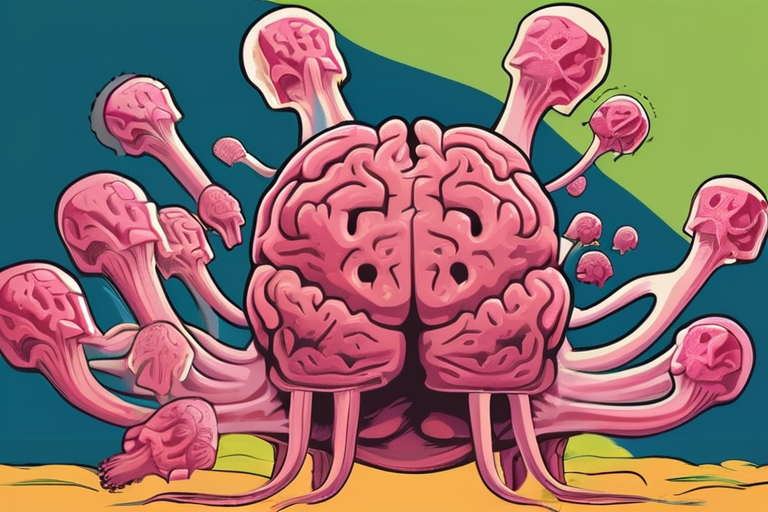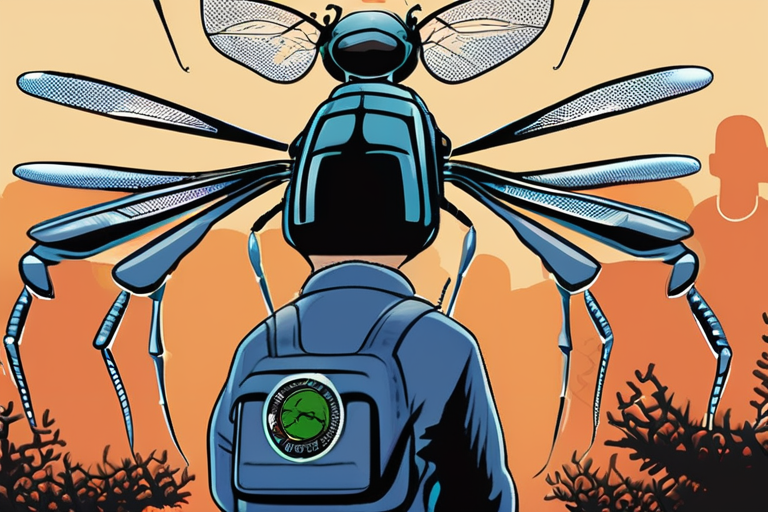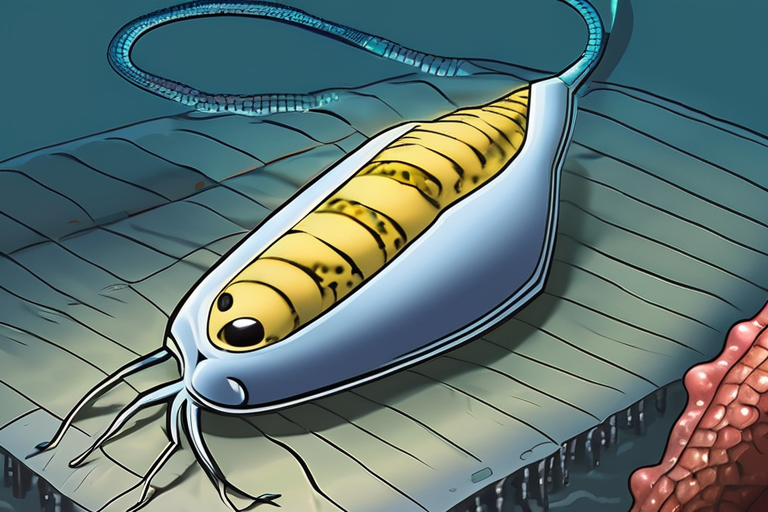Black Mamba Venom's Hidden Threat: Antivenoms' Achilles Heel Exposed


Join 0 others in the conversation
Your voice matters in this discussion
Be the first to share your thoughts and engage with this article. Your perspective matters!
Discover articles from our community

 Hoppi
Hoppi

 Hoppi
Hoppi

 Hoppi
Hoppi

 Hoppi
Hoppi

 Hoppi
Hoppi

 Hoppi
Hoppi

Alarm in India's Kerala as Cases of 'Brain-Eating' Amoeba Rise Kerala, India - Authorities in the southern state of Kerala …

Hoppi

Tick-Borne Virus Sneaks into Brain: Researchers Uncover Key Protein A team of scientists has made a groundbreaking discovery about the …

Hoppi

Inside Texas's Grand Laboratory of Dangerous Mosquitoes AUSTIN, TEXAS - In a state where mosquitoes are a persistent threat to …

Hoppi

Biologist Spotlights the World's Deadliest Sea Creature: The Box Jellyfish A recent study by biologist Scott Travers has shed light …

Hoppi

Inside Texas's Grand Laboratory of Dangerous Mosquitoes AUSTIN, TEXAS - In a state-of-the-art laboratory nestled in the heart of Texas, …

Hoppi

Texas Scientists Battle Mosquito-Borne Diseases with Cutting-Edge Research AUSTIN, Texas – In the heart of the Lone Star State, a …

Hoppi